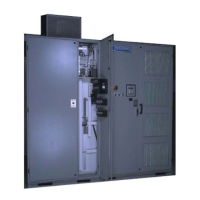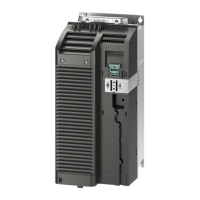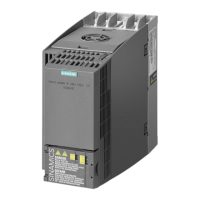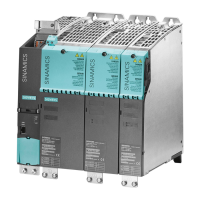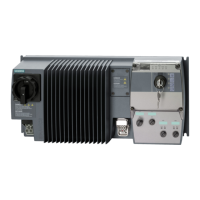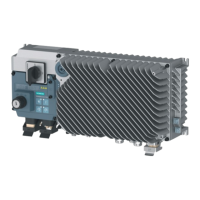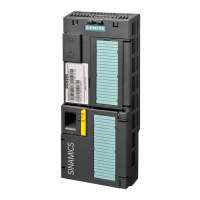The current limit prole function can be explained better by describing the existing torque limit.
The torque limits can be set by menus accessible using the Drive Tool, keypad, analog or network
registers. The actual torque limit is set by comparing these menu limits to other limiting values
used in the limit logic functions. The limits are checked and the torque may be reduced during
braking, cell bypass, single phase occurrence, under voltage condition, eld weakening, thermal
overload of the transformer as calculated by the control, and over voltage regeneration from the
motor.
The current limit prole is another input to set these limits, however, it does not change any of
the other limiting functions as previously described in the limit logic. The control will attempt to
run at the current limits set in the prole, but can not override the limitations in the limit logic.
The control uses the lowest magnitude of all limit sources in the limit logic.
Rollback Considerations
The current limit setting in this prole is a maximum current limit setting that can be overridden
by external drive factors, such as loss of an input voltage phase, loss of cells, etc. If such an event
occurs, the current limit is internally calculated by the control and may not be the desired current
limit that was set in the prole. In addition, if the load is increased beyond this current limit, the
speed will be reduced in order to maintain torque. Reducing the speed may in turn reduce the
torque depending on the next current set point within the prole. This could cause a cascading
eect, and must be considered when setting up the prole.
Parameter Assignment/Addressing
6.4 Options for Motor Menu (1) - second half
NXGPro+ Control Manual
Operating Manual, A5E50491925A 99
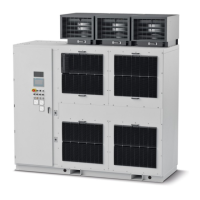
